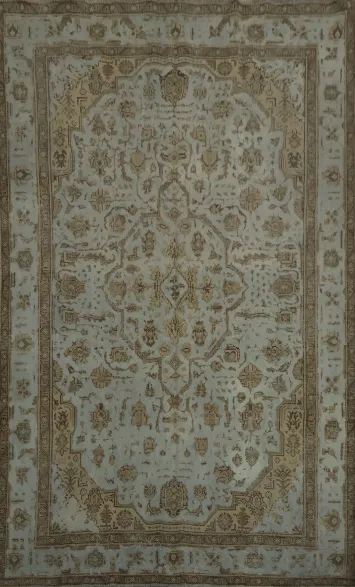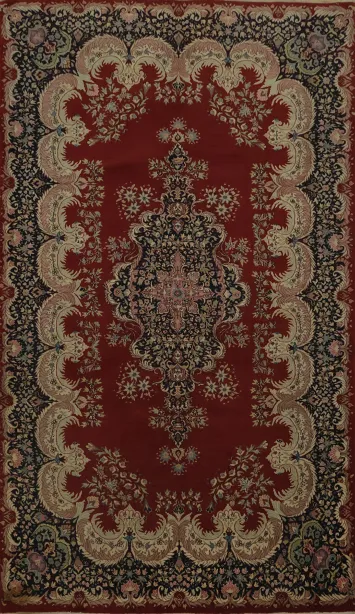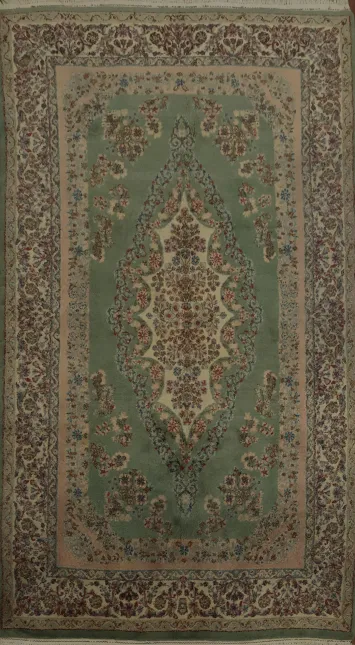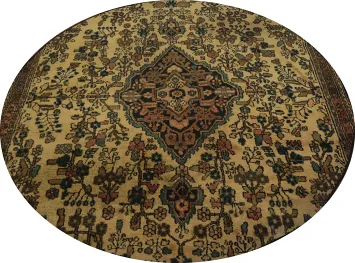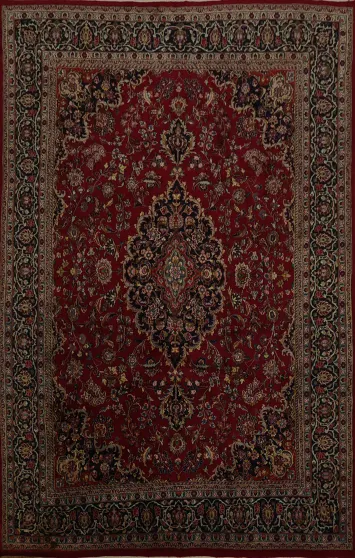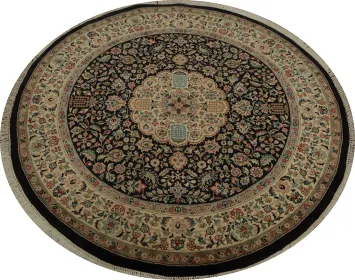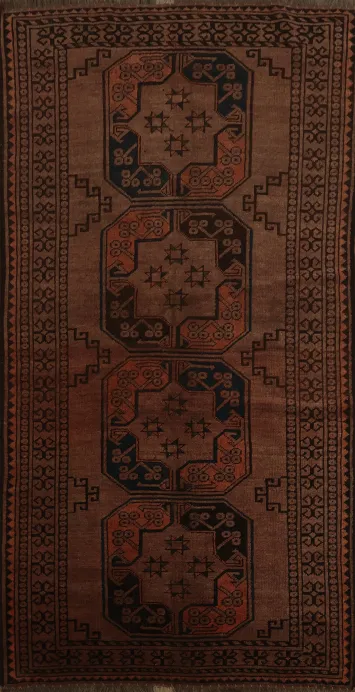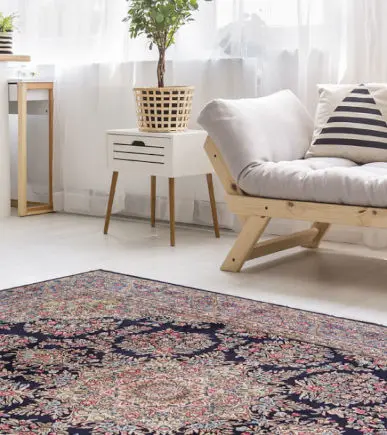Persian Rugs
- Home
- Rug Shop
Authentic Beauty & Lasting Legacy: Discover the Timeless Appeal of Persian Rugs
With unmatched craftsmanship and steeped in centuries of cultural tradition, Persian rugs are true works of art, adding warmth, value, and sophistication to any space.
Few rugs in the world command attention and admiration like a Persian rug. Known for their intricate patterns, vivid colors, and exceptional craftsmanship, Persian rugs are more than home décor; they are heirloom-quality pieces that bridge culture and design. Whether used to enhance a living room, define a dining space, or anchor a hallway, these handmade Persian rugs carry timeless elegance into any setting.
Persian rugs originate from Iran, where rug weaving has been a cherished art form for thousands of years. These rugs are distinguished by their quality materials, typically wool, cotton, or silk, and their distinctive knotting technique, which sets them apart from rugs made in other parts of the world. Designs often include floral medallions, geometric motifs, or symbolic patterns that reflect the region where the rug was made. No two are exactly alike, and their authenticity and artistry make each one a treasured investment.
At Rug Source, our curated collection of Persian rugs includes both traditional and modern interpretations. We offer a wide range of hand-knotted and machine-made options to suit every budget. From richly colored antique rugs to newly crafted designs using time-honored techniques, each piece in our inventory has been carefully selected for its quality, style, and cultural significance.
Choosing the right Persian rug depends on your space, aesthetic goals, and the story you want to tell. For formal areas, a large rectangular rug with a classic central medallion may be ideal. For a more eclectic feel, consider a tribal or geometric design in a bold palette. No matter the shape or size, Persian rugs bring warmth, texture, and personality to the home.
Their benefits go beyond beauty. Persian rugs are incredibly durable, making them a smart choice for high-traffic areas. With proper care, including regular vacuuming, occasional rotation, and gentle spot cleaning, these rugs can last for generations and may even increase in value over time.
Shopping with Rug Source means you’ll receive expert guidance every step of the way. We provide detailed product descriptions, honest pricing, and personalized support to help you find the perfect rug. Our direct sourcing model allows us to offer competitive prices, often up to 80% below retail, without compromising quality. And with free shipping and a 30-day return policy, your experience is always risk-free.
Ready to invest in a rug that tells a story?
Browse our extensive selection of Persian Rugs and discover a one-of-a-kind masterpiece that brings art, history, and lasting elegance to your home only at Rug Source.








